Off-grid power becomes option to bridge energy deficit
February 6—The Uganda Solar Energy Association (USEA), with support from USAID and Power Africa, is hosting an off-grid solar exhibition to tie in with the East Africa Energy and Infrastructure Summit taking place in Kampala this week. Economic growth across the continent is being held back by an acute electricity deficit that is worse in rural areas than urban centres.
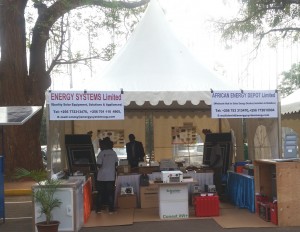
Both local and interational companies are expected to showcase their products during the exhibition at the Kampala Serena Hotel.
“This exhibition will demonstrate the opportunity that solar systems present for the economic growth and transformation of Uganda,” Emmy Kimbowa, the USEA chairman said. USEA is the umbrella for Uganda’s solar system providers and service companies.
Power Africa is a United States government-led initiative launched in 2013 to expand electricity access and generation capacity in sub-Saharan Africa by adding more than 30,000 megawatts and 60 million new home and business connections.
More than 40 local and international companies are showcasing off-grid solutions for lighting homes, businesses and public buildings. Add to this, are power sources for watching television without the need of the national grid, irrigation systems and various other energy options.
According to the World Bank Group, the global off-grid solar industry has taken a leap in the past year as companies target developing countries, desperate to reach their energy access goals. It also comes with an increasing surge to embrace renewable options.
A recent report produced by the Group’s Lighting Global Program, Dalberg Advisors and the Global Off-Grid Lighting Association (GOGLA) states that the sector is estimated to have reached as many as 360 million people across the developing world, around 17% of the global potential market. It has also generated $3.9 billion in cumulative revenue over the last eight years.
While electricity generation capacity in Uganda currently is 870 MW and peak requirements are approximately at 550 MW, annual demand is increasing at an average of 10%.
Uganda’s per capita electricity consumption of 157 kilowatt hours (kWh) is considerably lower than the sub-Saharan Africa per capita average of 552 kWh and the global per capita average of 2,472 kWh. By 2020, Uganda aims to achieve a national electrification rate of 30% through new on- and off-grid connections, and to increase per capita consumption to 578 kWh.
However, electricity shortfalls are expected until more power generation facilities are brought online. The situation is complicated by the fact that the bulk of grid electricity is generated through large hydro-power (approximately 85%). This leaves the reliability of the country’s power supply vulnerable to drought, intermittent rainfall, and reduced river flow – all factors that are expected to become more acute with climate change.
The government is meeting this challenge head-on by targeting an increase in installed capacity to 2,500 MW by 2020. Furthermore, Uganda aims to achieve a more diversified energy mix by making greater use of other renewable sources including medium and small-scale hydropower, biomass, solar, and geothermal.
Power Africa Uganda Electricity Supply Accelerator (PAUESA), is a project that will be launched during the exhibition, by the US Ambassador to Uganda Deborah Malac and Irene Muloni, Minister of Energy and Mineral Development in the company of the United Kingdom High Commissioner Peter West.
Technically known as The Accelerator, PAUESA is aligned both with Uganda’s objectives and the Power Africa Roadmap goal of increasing regional generation capacity by 30,000 MW and increasing connections by 60 million.
Its main objective is to facilitate the increase of clean energy electricity generation and electricity access among rural and urban communities in Uganda by working with clean energy generation and access.
With a population of about 39 million people, Uganda has one of the world’s lowest electrification rates even though Uganda has experienced an average economic growth rate of five percent per annum over the last ten years. In urban areas, while 55% of Ugandans have access to electricity, in rural areas, however, the electrification rate drops to 10%.
Only 5% of the population is connected to the national grid, indicating that many of those who do have access to electricity are employing off-grid technologies such as distributed power and solar home systems to meet their energy needs.

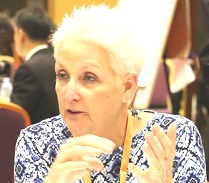
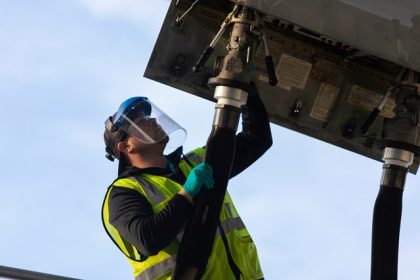 Boeing’s record SAF purchase supports airlines decarbonisation efforts
Boeing’s record SAF purchase supports airlines decarbonisation efforts
 Uganda Airlines likely to miss Spirit A320neo delivery slots
Uganda Airlines likely to miss Spirit A320neo delivery slots
 Rolls-Royce Pearl 10X engine takes flight
Rolls-Royce Pearl 10X engine takes flight
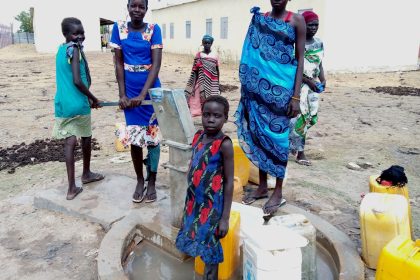 Unpacking results-based financing: balancing strengths with weaknesses
Unpacking results-based financing: balancing strengths with weaknesses
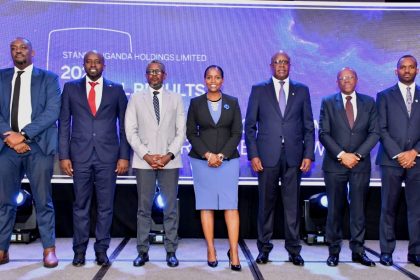 Big fish in small pond Stanbic notches up $100m profit for 2023 topping previous figure by 15%
Big fish in small pond Stanbic notches up $100m profit for 2023 topping previous figure by 15%
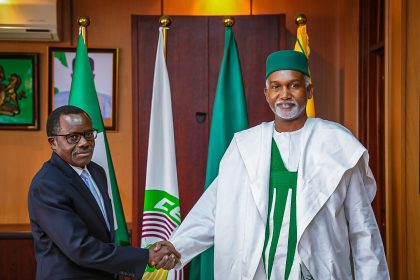 Uganda, Nigeria explore deeper economic cooperation
Uganda, Nigeria explore deeper economic cooperation
